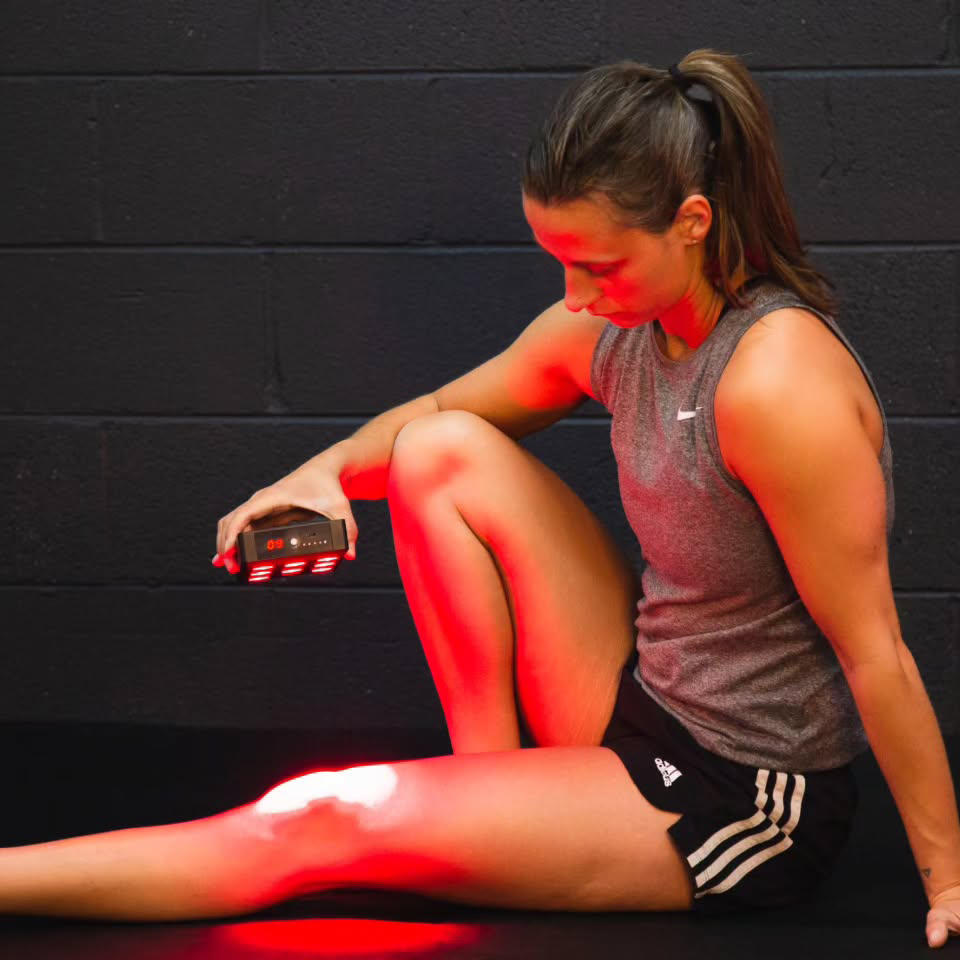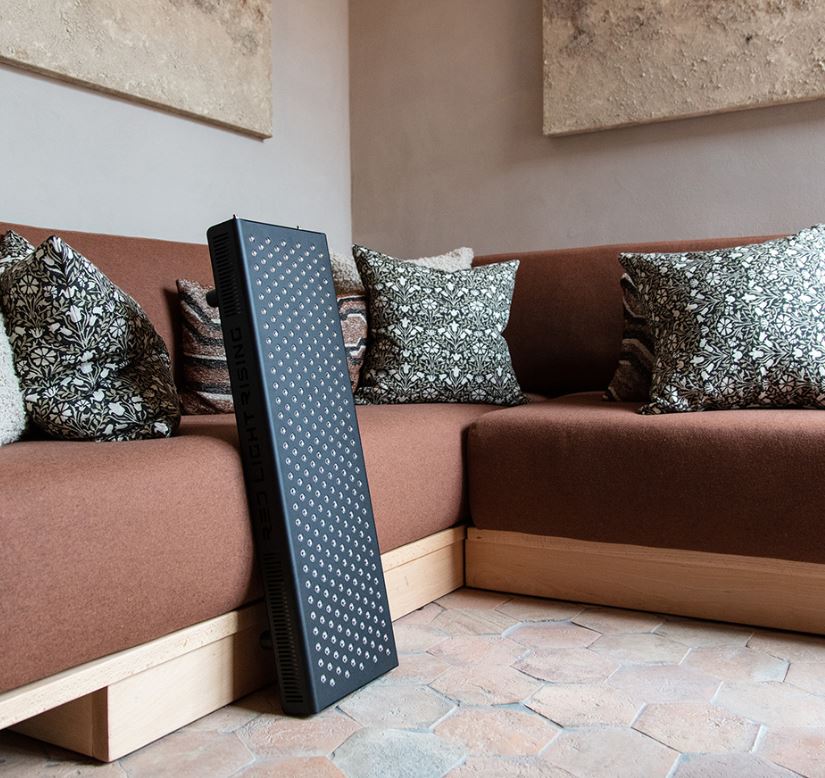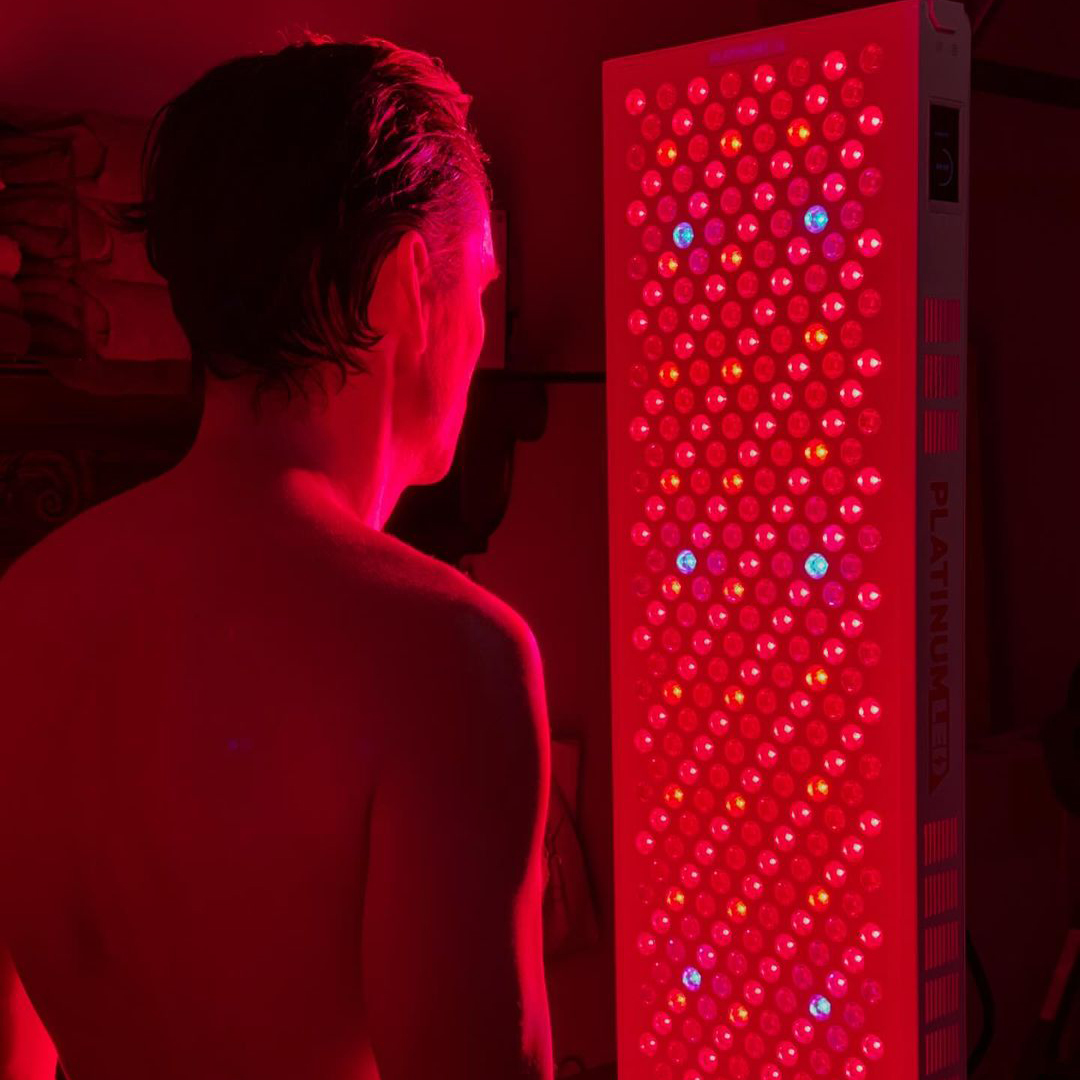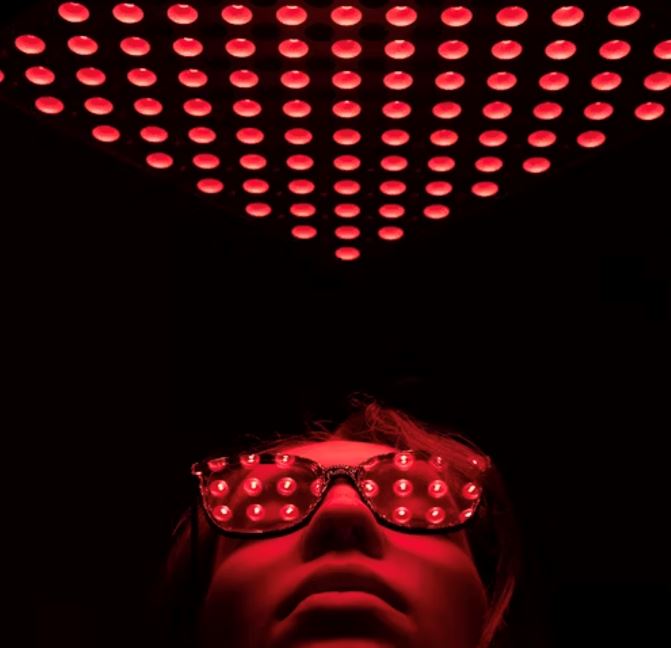![]() Free Shipping
Free Shipping ![]() Buy Now, Pay Later
Buy Now, Pay Later ![]() Eligible
Eligible
Light Therapy for Autism: A Potential Treatment?
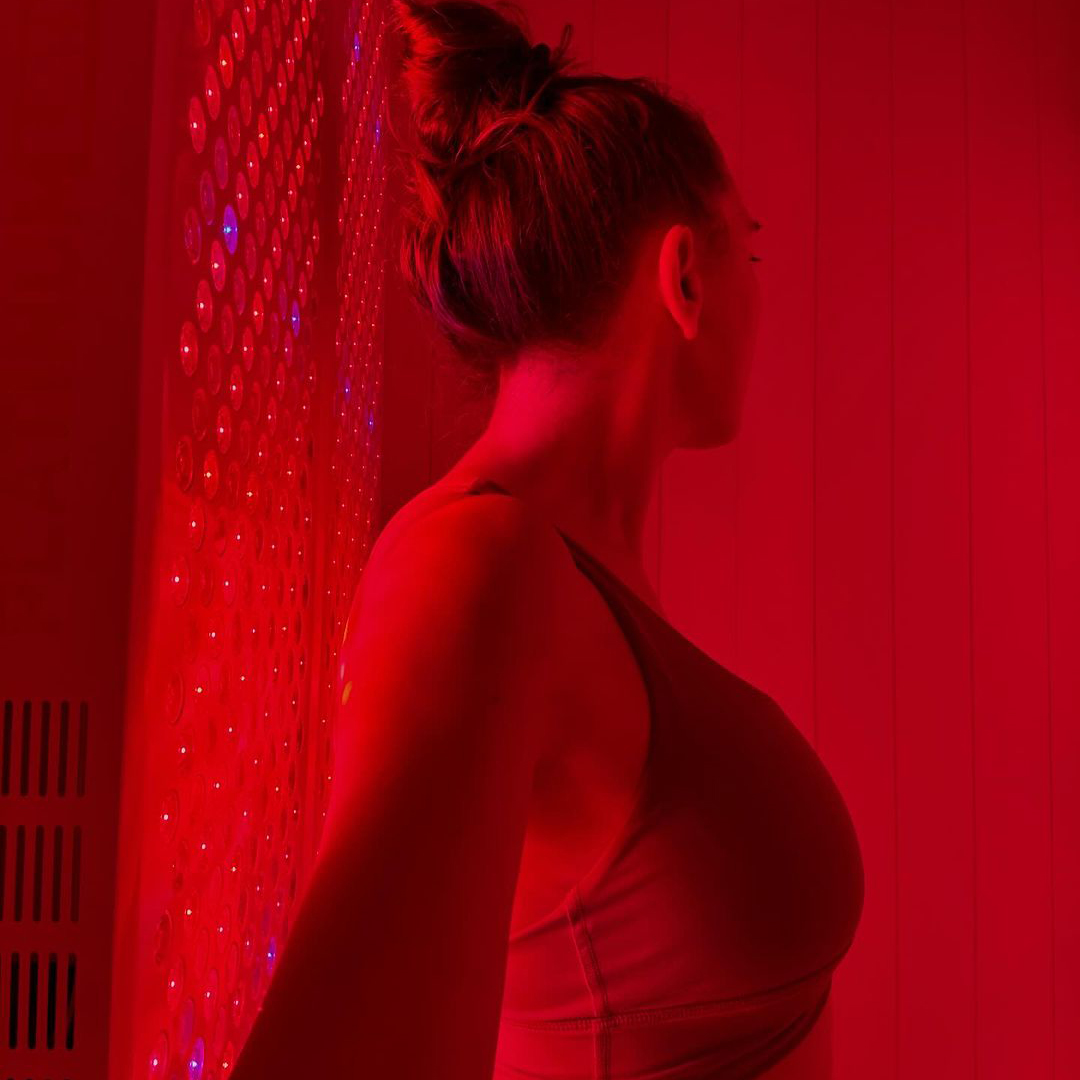
Autism Spectrum Disorder (ASD) is a complex neurodevelopmental condition characterized by challenges in social interaction, communication, and repetitive behaviors. While there is no known cure for autism, various therapies—such as behavioral interventions, speech therapy, and occupational therapy—have been used to help individuals manage symptoms.
Recently, a novel approach has emerged in the field of autism treatment: light therapy. Also known as photobiomodulation (PBM), this non-invasive technique involves exposing the brain and body to specific wavelengths of light to stimulate cellular function. But can light therapy really help individuals with autism?
In this comprehensive article, we’ll explore:
- The science behind light therapy
- How it might benefit autism symptoms
- Current research findings
- Potential risks and limitations
- Personal stories and expert opinions
By the end, you’ll have a clearer understanding of whether light therapy could be a viable complementary treatment for autism.
What Is Light Therapy?
Light therapy, or photobiomodulation (PBM), uses low-level lasers or light-emitting diodes (LEDs) to deliver specific wavelengths of light—typically red or near-infrared (NIR)—to tissues. Unlike ultraviolet (UV) light, which can damage cells, therapeutic light penetrates the skin and skull, reaching the brain and stimulating mitochondrial activity.
How Does It Work?
The primary mechanism of light therapy involves:
- Enhancing Cellular Energy (ATP Production): Light photons are absorbed by mitochondria, boosting adenosine triphosphate (ATP) production, which fuels cells.
- Reducing Inflammation: Light therapy has been shown to decrease pro-inflammatory cytokines, which are often elevated in autism.
- Improving Blood Flow: It stimulates vasodilation, increasing oxygen and nutrient delivery to brain tissues.
- Modulating Neurotransmitters: Some studies suggest light therapy influences serotonin, dopamine, and GABA levels, which play roles in mood and cognition.
Given these effects, researchers are investigating whether light therapy could help with autism-related symptoms such as anxiety, sleep disturbances, and cognitive function.
The Connection Between Light Therapy and Autism
1. Sleep Disorders in Autism
Many individuals with autism struggle with sleep disturbances, including:
- Difficulty falling or staying asleep
- Irregular sleep-wake cycles
- Poor melatonin production
Light therapy, particularly blue light in the morning, has been used to regulate circadian rhythms in neurotypical individuals. For autism, red and near-infrared light may help by reducing brain inflammation and improving melatonin synthesis.
Study Highlight:
A 2020 pilot study published in Photobiomodulation, Photomedicine, and Laser Surgery found that children with autism who received transcranial light therapy showed improvements in sleep quality and reduced irritability.
2. Reducing Anxiety and Aggression
Anxiety and aggressive behaviors are common challenges in autism. Light therapy’s potential to modulate brain activity in the prefrontal cortex—the area responsible for emotional regulation—could be beneficial.
Animal Study Insight:
Research on mice with autism-like behaviors demonstrated that near-infrared light therapy reduced anxiety and improved social interaction. While human studies are limited, these findings are promising.
3. Enhancing Cognitive Function
Some parents and clinicians report improvements in focus, memory, and language skills after light therapy sessions. This may be due to increased cerebral blood flow and neuroprotection.
Case Report:
A 2018 case study in Frontiers in Neuroscience described a non-verbal autistic child who began speaking in short sentences after several months of transcranial light therapy. While anecdotal, such reports warrant further investigation.
Current Research on Light Therapy for Autism
While research is still in its early stages, several studies suggest potential benefits:
| Study | Findings |
|---|---|
| Harvard Medical School (2017) | Found that red light therapy reduced inflammation in brain cells, which could help with neurodevelopmental disorders. |
| University of Texas (2019) | Reported improved social behavior in autistic mice after near-infrared light exposure. |
| Clinical Trial (2021, Australia) | Showed reduced irritability and better sleep in children with ASD after 8 weeks of light therapy. |
However, larger, placebo-controlled human trials are needed to confirm these effects.
Potential Risks and Limitations
While light therapy is generally considered safe, some considerations include:
- Eye Safety: Direct exposure to bright LEDs or lasers can damage the retina. Protective goggles are recommended.
- Skin Sensitivity: Some individuals may experience mild redness or irritation.
- Lack of Standardization: Optimal wavelengths, dosages, and treatment durations are still being studied.
Parents and caregivers should consult a healthcare provider before starting light therapy for autism.
Personal Stories: Does Light Therapy Work for Autism?
Parent Testimonial: A Mother’s Journey
“After six months of daily red light therapy sessions, my son’s meltdowns decreased significantly. He also started making better eye contact. It’s not a miracle cure, but it’s made a noticeable difference.” — Sarah, mother of a 9-year-old with autism.
Clinician’s Perspective
Dr. John Smith, a neurologist specializing in autism, says:
“While we don’t yet have enough data to call light therapy a standard treatment, early results are intriguing. It may work best as part of a multimodal approach.”
How to Try Light Therapy for Autism
If you’re considering light therapy:
- Consult a Specialist: Work with a neurologist or autism therapist.
- Choose the Right Device: FDA-cleared red/NIR light panels or helmets are available.
- Start with Short Sessions: 5-10 minutes daily, gradually increasing if well-tolerated.
- Monitor Progress: Keep a journal of behavioral changes.
Conclusion: Is Light Therapy the Future of Autism Treatment?
Light therapy shows promise as a safe, non-invasive option for improving some autism-related symptoms, particularly sleep, anxiety, and cognitive function. However, more rigorous clinical trials are needed to establish its efficacy.
For now, it may serve as a complementary therapy alongside behavioral and medical interventions. As research advances, light therapy could become a key player in autism treatment—offering new hope for individuals and families navigating this complex condition.
Would you consider light therapy for autism? Share your thoughts in the comments!
VELLGUS Elite V2
THE #1 RATED RED LIGHT DEVICE
VELLGUS pro V2
THE #1 RATED FULL BODY RED LIGHT DEVICE
References & Further Reading
- Hamblin, M. R. (2017). Photobiomodulation for Brain Disorders. Harvard Medical School.
- Saltmarche, A. E. (2020). Photobiomodulation in Autism Spectrum Disorder. Photomedicine and Laser Surgery.
- Australian Clinical Trial (2021). Effects of Light Therapy on Children with ASD.





